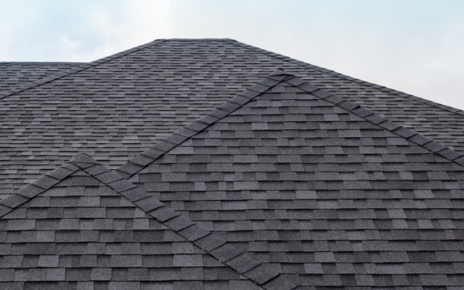Termites are notorious for their destructive capabilities, silently gnawing away at wooden structures and causing costly damage to homes. In Arizona, where the warm climate provides an ideal habitat for termites, homeowners must remain vigilant against these silent invaders. Recognizing the signs of a termite infestation early is crucial for minimizing damage and preventing costly repairs. In this blog post, we’ll explore ten telltale signs of termite infestation that every homeowner in Arizona should be aware of.
1. Mud Tubes:
Subterranean termites, one of the most common termite species in Arizona, build mud tubes as protective tunnels between their nests and food sources. Look for mud tubes along the foundation, walls, or other wooden structures, as they are a clear indication of termite activity.
2. Discarded Wings:
During the swarming season, reproductive termites known as swarmers emerge from their colonies to mate and establish new colonies. After mating, swarmers shed their wings, leaving behind discarded wings near window sills, doors, or other entry points.
3. Hollow-Sounding Wood:
Termites feed on wood from the inside out, hollowing it out and leaving behind a thin veneer of intact wood on the surface. Tap on wooden surfaces with a blunt object and listen for a hollow sound, which could indicate termite damage.
4. Bubbling or Peeling Paint:
As termites tunnel through wood, they can cause paint to bubble, crack, or peel off the surface. Keep an eye out for areas of paint damage, especially near windows, doors, and other wooden structures.
5. Sagging Floors or Ceilings:
Severe termite infestations can compromise the structural integrity of a home, leading to sagging floors, ceilings, or walls. If you notice any signs of sagging or buckling, especially in areas with wooden support beams or joists, it could be indicative of termite damage.
6. Maze-Like Patterns in Wood:
Subterranean termites often create distinctive maze-like patterns or galleries within wood as they feed. If you discover wood with intricate patterns of tunnels or galleries, it’s a strong indication of termite activity.
7. Frass or Termite Droppings:
Termites produce tiny pellets of excrement known as frass, which they push out of their tunnels through small openings. Look for piles of frass around window sills, door frames, or other wooden structures as a sign of termite infestation.
8. Tight-Fitting Doors or Windows:
As termites feed on wooden door frames and window frames, they can cause these structures to warp or swell, resulting in difficulty opening or closing doors and windows.
9. Swarmer Sightings:
If you spot termite swarmers indoors or outdoors, especially around windows, doors, or light sources, it’s a clear indication that a termite colony is nearby.
10. Visible Termite Workers or Soldiers:
In some cases, you may actually see termite workers or soldiers crawling around your home. These pale-colored insects are typically small in size and have distinctive features such as straight antennae and elongated bodies.
Conclusion:
Termite infestations can cause extensive damage to homes in Arizona, making early detection crucial for effective termite control and prevention. By familiarizing yourself with these ten signs of termite infestation, you can take proactive measures to protect your home and address termite problems before they escalate. Whether you notice mud tubes along your foundation, discarded wings near entry points, or signs of wood damage, prompt action is essential for minimizing the impact of termite infestations on your home and property. With vigilance and awareness, Arizona homeowners can defend against these silent destroyers and preserve the integrity of their homes for years to come.





